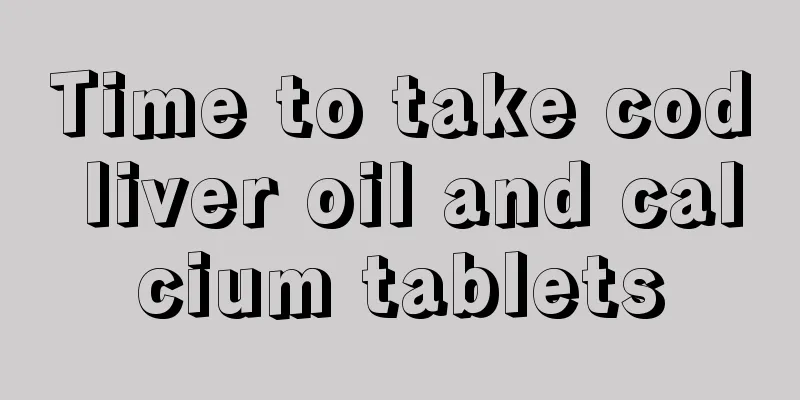How to treat root canal treatment

|
Many people have the habit of eating sweets in their lives. Eating sweets is certainly bad for the body. First of all, it will cause damage to the teeth and make the teeth look black and yellow. Even brushing your teeth every day will be difficult to remove. The damage caused by these sugars to the teeth will cause tooth disease and inflammation over time. Root canal treatment comes in handy at this time. How can root canal treatment achieve the therapeutic effect? Introduction Root canal therapy is the most commonly used and effective treatment method for pulp disease and periapical periodontitis internationally. The principle of root canal therapy is to remove most of the infected substances in the root canal by mechanical and chemical methods, and to prevent the occurrence of periapical lesions or promote the healing of periapical lesions that have already occurred by filling the root canal and sealing the crown. introduce Root canal treatment is a relatively complex endodontic treatment method that uses many instruments and has many steps. It requires multiple treatment steps and multiple X-rays to complete the entire process. Indications Root canal therapy is suitable for teeth diagnosed with pulp or periapical disease. It requires the removal of pulp tissue and the removal of root canal system infection in order to preserve the entire tooth or root. However, the tooth must have sufficient periodontal tissue and bone support. In some cases, some including trauma, dental restoration, periodontal surgery or other treatment needs, pulp removal and root canal treatment are also required. complication During and after treatment, you may experience discomfort such as pain. Most of these are normal reactions and you can return for a follow-up visit at the scheduled time. If the pain is severe and accompanied by local swelling and systemic reactions, you should seek prompt follow-up treatment and receive further treatment as appropriate. risk During root canal treatment, the doctor can only have a general understanding of the root canal system based on X-rays or apex locators. In case of complex root canals (curved, narrow, calcified and blocked, instrument broken, lateral penetration) or other special situations, the difficulty of root canal treatment increases, special equipment and materials need to be used, and the treatment time will be increased accordingly. Instrument breakage may occur during complex root canal treatment. It is not required to forcibly remove the broken instrument. The instrument can remain in the root canal and be checked regularly. Precautions After root canal treatment, the body goes through a repair process and regular checkups can be performed to understand the healing status of the tissues. The patient may experience discomfort in the treated tooth for quite some time. If the condition is not gradually getting worse, you can adopt an observation approach, but you should follow the doctor's advice and have a follow-up check in time. Re-treatment There are a few cases where root canal treatment is unsuccessful and where conventional root canal treatment is unsuccessful or cannot be treated. Some cases can be treated further with apical surgery, while others can be treated with extraction. During and after root canal treatment, teeth are prone to splitting, which may lead to tooth extraction. If the tooth defect is large, please follow the doctor's instructions to promptly perform crown restoration after treatment. Cause of failure Root canal therapy is one of the main methods for treating pulp and periapical periodontitis, so people are very concerned about the efficacy of root canal therapy. Many cases strictly follow the treatment procedures, but still fail. The reasons can be summarized as follows: 1. Anatomical factors Lateral canal Accessory canal Divergence Of root apex FurcatlonOfrootapex 2. Iatrogenic factors 1. Lateral penetration of the root canal wall (not found) 2. Apical superfilling Overfill failure is mainly caused by infection inside or outside the root canal. In many cases, the overfilled apical sealing is incomplete. The tissue fluid that penetrates into the root canal is rich in glycoproteins, which can provide nutrition to the residual bacteria, allowing the bacteria to grow and reach a certain number, causing recurrence of apical periodontitis. 3. Crown closure status Incomplete crown sealing is one of the important reasons for the failure of root canal treatment. In some cases, root canal fillings can still be contaminated again, such as temporary or permanent fillings are broken, and permanent repairs are not made in time. Bacteria can invade and colonize in the root canal system, resulting in failure of root canal treatment. 3. Remaining paper tips and cotton twists 4. Opening of the root canal |
<<: Side effects of pumping lung water
>>: How to cure varicose veins in the lower legs
Recommend
What tests are needed to diagnose pulmonary hamartoma
What tests should be done to confirm pulmonary ha...
What foods are good for hamartoma
Hamartoma is a benign tumor, and more men than wo...
High-speed phobia
Highway phobia is a common psychological phobia. ...
How long does it take to recover from a double eyelid surgery?
Double eyelid cutting is a minor cosmetic surgery...
How long does it take to recover from a facial fracture
Facial fractures are relatively common in life, a...
Can exercise cure early colorectal cancer?
Can exercise cure early colorectal cancer? After ...
Early symptoms of cervical cancer: What are the clinical symptoms of cervical cancer
What are the clinical symptoms of cervical cancer...
I get up in the morning with a sore spine
We all know that waking up in the morning is the ...
How can men effectively prevent prostate cancer
Prostate cancer is a very harmful disease. Most p...
Is esophageal microradiotherapy good?
Esophageal micro-radiofrequency treatment is an e...
What kind of disease is endometrial cancer?
1. Endometrial cancer is a malignant tumor origin...
The process of colonoscopy
People often have some diseases in their intestin...
What are the symptoms of advanced colorectal cancer
In recent years, cancer has become one of the maj...
Dissemination and metastasis of renal cancer
The metastasis of kidney cancer varies greatly. S...
Which foods are likely to cause liver cancer? Have you eaten the ten foods that can prevent liver cancer?
Liver cancer is a common type of cancer in daily ...









